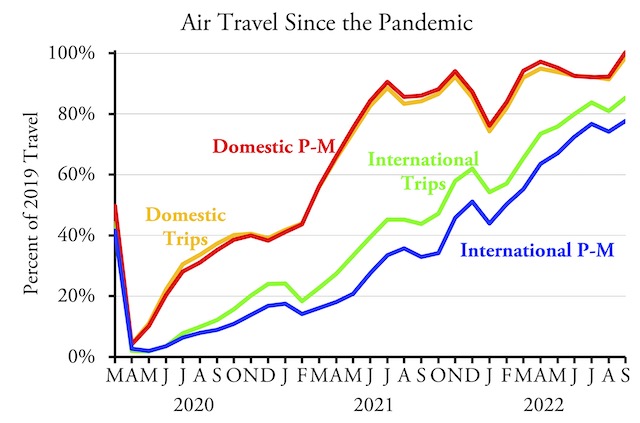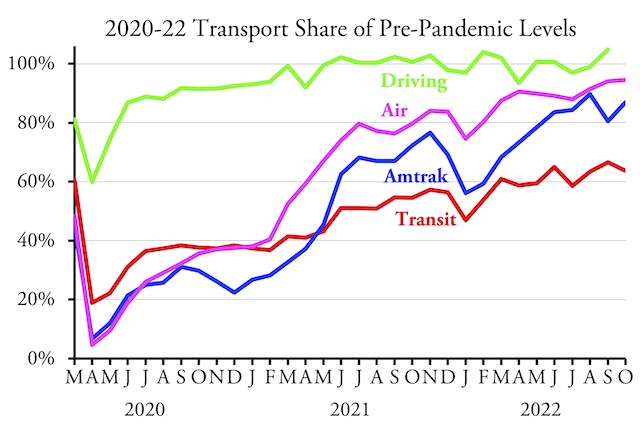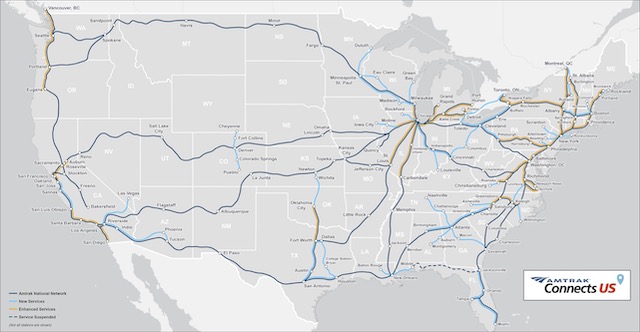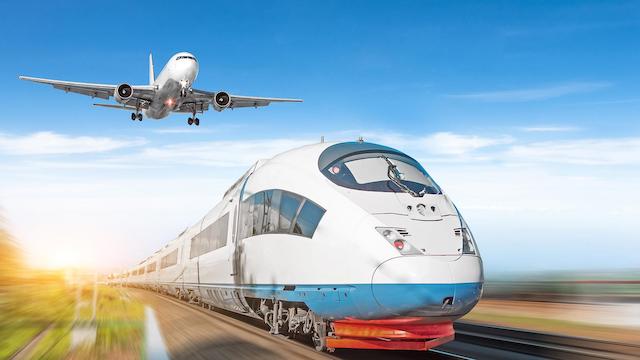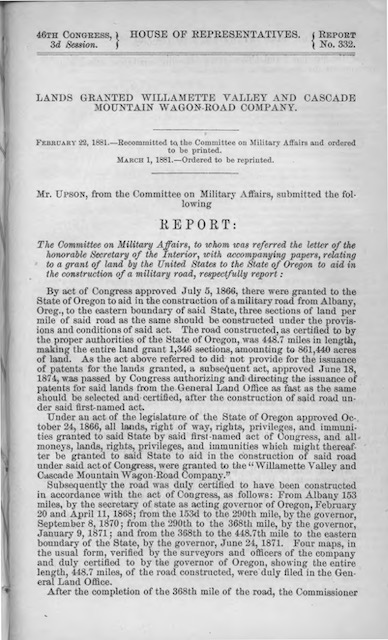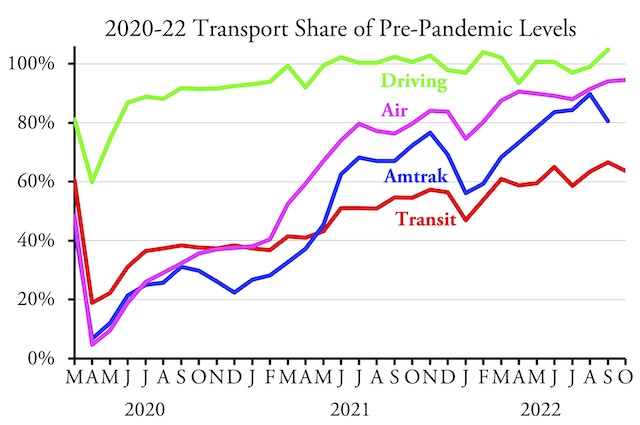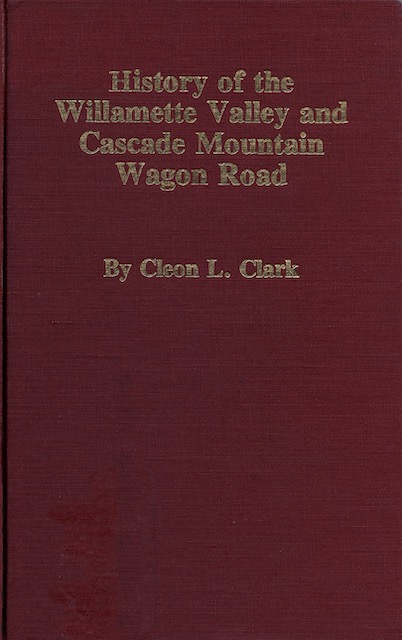A recent article in the New York Times is off-target when it calls automobiles “turbo-boosted engines of inequality.” The article points to some genuine problems, but those problems are not the fault of automobiles. Nor is “accessible public transportation” the solution, as the article claims in its conclusion.
The most egalitarian transportation since the first warlord tying a horse to the first chariot made fast transport accessible only to the elites. Image from 1985 Yugo brochure scanned by Tony DiGirolamo.
The truth is that automobiles are the most egalitarian form of transportation since walking. Horses, intercity trains, streetcars, you name it, were always used mainly by the relatively wealthy and were inaccessible to the poor, especially in cities. It was only when Henry Ford developed the moving assembly line that mechanized transportation became available to the vast majority of people. Continue reading


